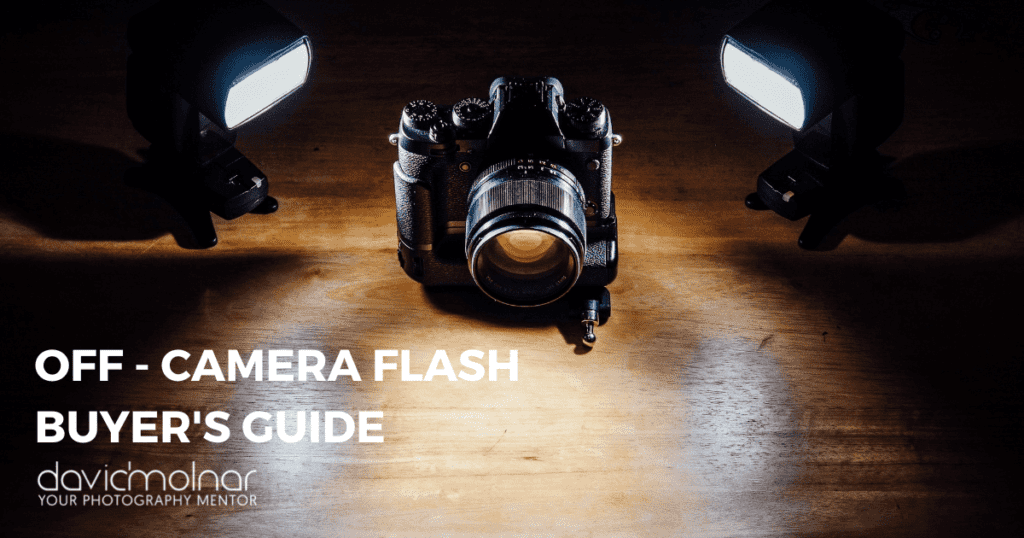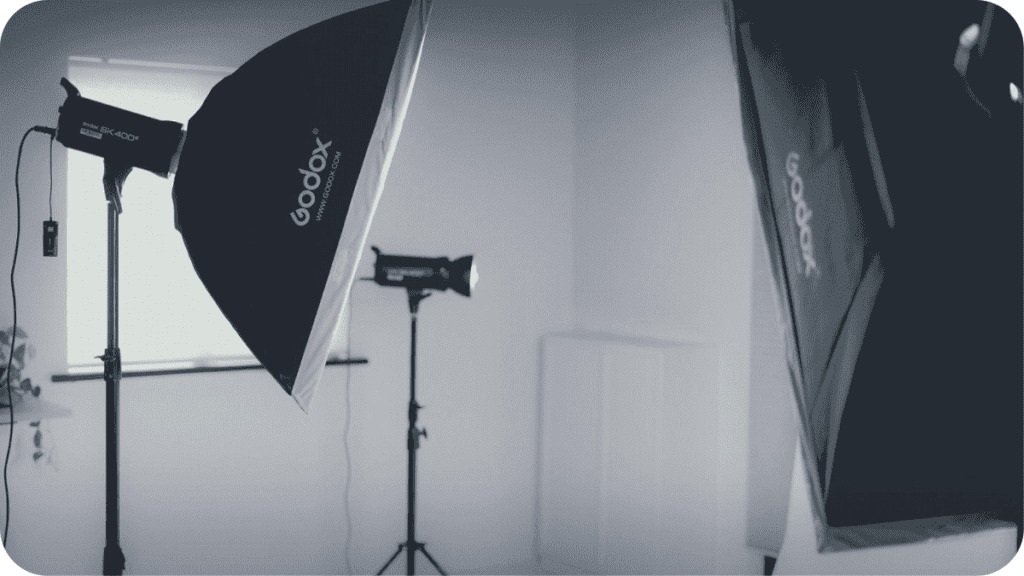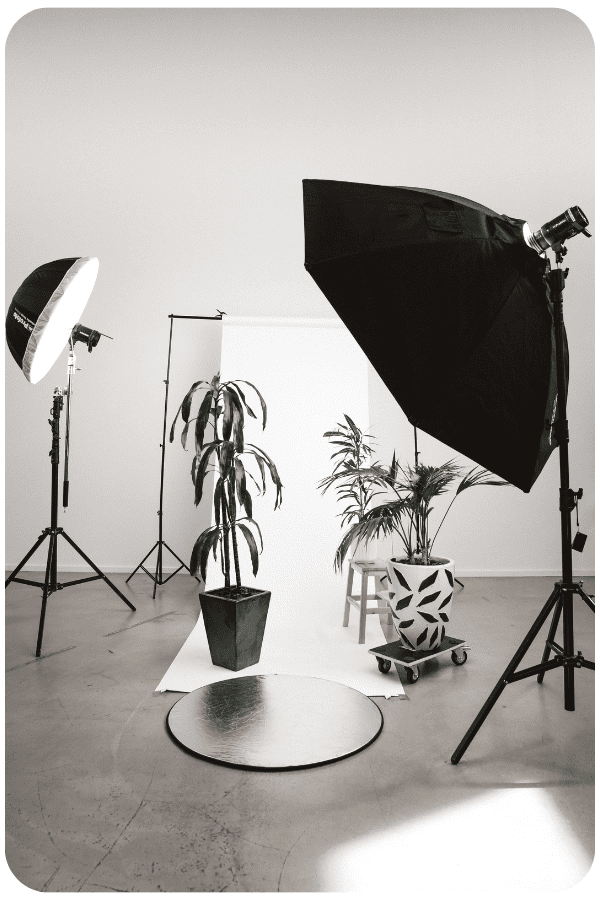- Total75
- Facebook14
- Pinterest15
- Email46

Are you ready for off-camera flash?
At some point in your photography journey, you might start feeling constricted by your lighting choices. You can’t control natural light and the images created by your little on-camera flash provide less than desirable results.
The solution is to start using off-camera flash (OCF). It isn’t as difficult as many people expect and there are equipment options for every budget, not just the big spenders.
So let’s dive in and take a look… and keep reading until the end for a downloadable PDF reference guide!
Beginning the Process
OCF sounds so technical and expensive when you first contemplate it. Well, it’s true that you can spend several thousand dollars on an OCF setup. However, it is also true that you can spend less than $200 on everything you need to get started (excluding the camera and lens, of course).
Let’s break it down and look at each of the basic components needed for OCF.
Speedlite
A Speedlite is a small battery-powered flash. You can mount this flash unit on your camera’s hot shoe or set it up somewhere else to be fired remotely.
To get started, you can purchase an inexpensive Speedlite for about $50. If you want something a little more powerful or with more robust features, you can also purchase more powerful Speedlites for a few hundred dollars. It all depends on your needs.
But for beginners, an inexpensive option is a great way to get your feet wet.

Wireless Flash Trigger
A wireless flash trigger is an essential component of OCF. Your camera needs some way to communicate with your off-camera flash so that it will fire at the correct instant.
You mount the trigger on your camera’s hot shoe and connect the appropriate receiver (if needed) to your Speedlite. When set correctly, the trigger will fire the Speedlite when you take a picture.
There are two basic types of systems. One communicates using infrared and line-of-sight. The other, which is preferred, uses radio waves and is more versatile.
Stand
A Speedlite isn’t designed to stand up by itself, you can use a mini tripod that attaches to the bottom. This will allow you to set it on a table or other flat surface.
For more flexibility, you will want a light stand so you can place your light source wherever you want it. You can also use a tripod if you have an extra one available.
If you decide to buy one, there are a couple things to think about. Make sure your light stand isn’t too heavy (or it’s a pain to move). But don’t get one that’s too light either and risk damaging your equipment.
Also, consider the floor footprint size. When your Speedlite is balanced 7 feet in the air you need a 43” base or so to keep it sturdy.
Optional – Modifier
This final component is technically optional, but your images will look better if you use a modifier. The light coming directly out of a Speedlite is quite direct and harsh, thus creating strong, defined shadows. This might be desirable for some images but is usually too harsh for portraits and the like.
Thus, you’ll need a modifier to soften the light. You can buy specific modifiers such as umbrellas or giant softboxes. These options are convenient because they usually can attach right to your light stand.
A good option that is budget-friendly at this level is to buy a fabric reflector/diffuser kit. Kits usually come with gold and silver-toned reflectors to affect white balance and black and white reflectors to add fill (or negative fill) light.
There will also be a sheer diffuser fabric that you can use as a light modifier. They come on a flexible ring that allows you to fold them up and put them away when not in use.
You might even have things lying around the house that will work just as well. Get creative and think of things that will soften the light and effectively create a “bigger” light source. For example, a sheer window or shower curtain, white sheets, or even a white plastic bag!

Intermediate Level
After you’ve been using OCF for a while, your beginning setup may start to feel a bit restrictive. You’ll still need the same basic components; however, you can upgrade your gear to better meet your needs.
Let’s look at how things will change and what you can still use.
Strobe
The main upgrade you’ll probably want is a more powerful lighting system. Speedlites are awesome and many pro photographers use them regularly. However, if you find that you need a more powerful light, here are a couple of great options.
The Godox AD200 TTL packs a powerful punch in a small package. 200Ws of power can be adjusted in 8 different steps with a recycle rate from 0.01 to 2.1 seconds. It has both a standard Speedlite head as well as a bare bulb head for more control over the light quality.
If you have some extra cash to spend, the Godox AD400 Pro may be a better option for you. This one offers twice as much power at 400Ws with just 0.01 to 1 second recycling time.
Wireless Flash Trigger
As long as your original trigger still works, you can stick with the same one.
Stand
You may find you need a heavier duty stand, particularly if you buy a larger flash like the AD400. Don’t skimp on this or you’ll find out what it feels like to watch your several hundred dollar flash go crashing to the ground. Hint: it doesn’t feel good!
Modifier
This is another area where photographers usually need to upgrade at the intermediate level. Your homemade option or that small diffuser just might not be cutting it anymore.
There are many options for different types of light modifiers depending on your needs. A large umbrella or octagon softbox works great for portraits and some types of food and product photography. Drink photographers will appreciate a strip light box to avoid unwanted reflections on the glasses. Do your homework to find the best option for your needs.

Advanced Level
All right, now we’re getting into big boy territory. This is where you will spend a small fortune on gear but it’s pretty much necessary at this level.
When you need complete control over the light — including the ability to overpower the sun — you’re going to need a serious upgrade.
Let’s look at some options.
Strobe
For your strobe light, the Godox AD600Pro TTL is a great light. It costs a pretty penny but it also comes with 600Ws of power and a 0.01 to 0.09 seconds refresh rate.
It can be used in the studio, of course, but also outdoors when you need to overpower the sun. And with 1/8000s high-speed sync, you’ll never miss the action!
Wireless Flash Trigger
Your same trusty wireless flash trigger can be used even with this advanced setup.
Stand
If you upgrade your strobe, you’ll need to upgrade your light stand as well.

A much stronger stand is required to keep your strobe light safely where it belongs. A C-Stand would be a good option at this level.
Modifier
Depending on the modifier you bought at the intermediate level, you might want a new one here. You may need a larger modifier to provide a bigger light source or just one of better quality.
You might also consider getting a Bowens mount for your light modifiers. This versatile and inexpensive mount allows you to attach various different types of modifiers to up to 4 Speedlites at once! This ensures that you have enough power to produce the light you’re looking for, regardless of the situation.
Shooting with OCF
Feeling more confident about shooting with OCF? It isn’t as scary as you might have thought, is it?
Once you get started, you’ll wonder how you ever did without it before. The quality of your images, even those taken outdoors, is different and so much more professional-looking.
Don’t forget, just because you buy new gear at each stage of your OCF journey, doesn’t mean you have to put the old gear by the wayside. Depending on the images you’re taking (or the location where you’ll be taking them) there is still a place for your old gear.
Click HERE to download your FREE PDF download all about Off-Camera Lighting!
Now, get out there and start creating some amazing images you’ll be proud to show the world!
- Total75
- Facebook14
- Pinterest15
- Email46




